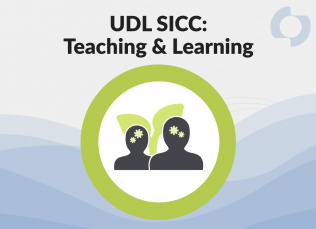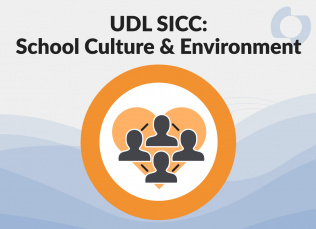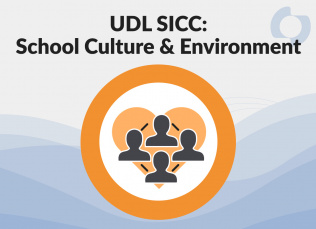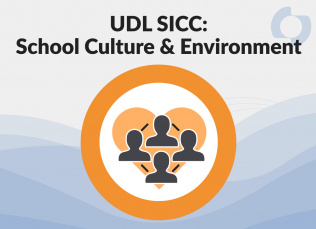
Variability Matters
In this YouTube video from the 2012 Cyberlearning Research Summit, Dr. Todd Rose explains UDL, variability, and designing to meet the needs of diverse learners.
In this YouTube video from the 2012 Cyberlearning Research Summit, Dr. Todd Rose explains UDL, variability, and designing to meet the needs of diverse learners..
How does it relate to the UDL-SICC?
This informational video supports the Teaching and Learning Domain, Element 1 (D2, E1), which focuses on educators being intentional about designing learning experiences that address learner variability and reduce barriers to learning.
How might you use it?
- This video can be used during professional development to introduce and enhance understanding of learning variability and its role in designing learning experiences.
- Professional learning around learner variability and how to identify and design for it can be discussed.
- Guidelines for how to think about, support and design for learner variability should be a part of learning communities and professional development.
Share this resource:
Posted date:
May 30, 2023




